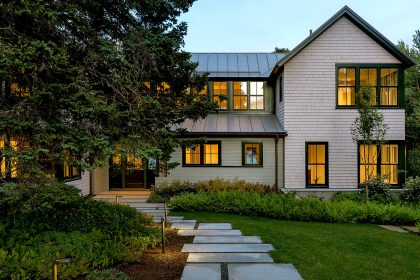Introduction
Public spaces are the lifeblood of any vibrant and thriving community. These areas, often referred to as “public rooms,” serve as meeting points for people from all walks of life, fostering connections, social interaction, and a sense of belonging. In this article, we will explore the significance of 분당셔츠룸 and their essential role in strengthening the fabric of our societies.
Defining the Public Room
A public room is not a confined space but rather an umbrella term encompassing various communal areas where people gather and engage. These spaces can take many forms, including parks, plazas, town squares, libraries, community centers, and even digital platforms where virtual communities come together. They serve as hubs for social, cultural, and recreational activities, allowing individuals to share experiences and build connections.
Fostering Social Cohesion
Public rooms play a crucial role in promoting social cohesion within communities. By providing spaces for people to interact and engage with one another, they break down the barriers that often divide us. Regardless of age, gender, race, or background, public rooms create an environment where everyone is welcome, contributing to a sense of unity and belonging.
Supporting Physical and Mental Well-being
Access to public rooms can have a positive impact on both physical and mental well-being. Green spaces like parks provide opportunities for exercise, relaxation, and stress reduction. Public rooms often host events and activities that encourage physical activity, such as yoga classes, sports events, and festivals. In addition to the physical benefits, these spaces also offer a sense of tranquility and connection to nature, which can have a calming effect on one’s mental state.
Mental health is equally nurtured by public rooms. These spaces are ideal for creating a sense of community and support networks. For those experiencing isolation or loneliness, they can offer a lifeline to social interaction, helping to combat depression and anxiety.
Cultural Exchange and Learning
Public rooms are hubs for cultural exchange and learning. They often host events, exhibitions, and workshops that expose individuals to new ideas, art, music, and traditions. Libraries, for example, are essential public rooms that provide free access to knowledge and offer a quiet space for reading and self-improvement. Museums and art galleries located in public rooms serve as educational platforms, connecting communities with their history and artistic heritage.
Economic and Social Opportunities
Public rooms can drive economic growth and create opportunities for businesses. Markets, festivals, and local fairs held in public spaces can stimulate commerce and foster entrepreneurship. These venues also help small vendors and artisans reach a broader audience, boosting the local economy.
Furthermore, public rooms serve as platforms for social activism and civic engagement. They are often the gathering spots for political rallies, community meetings, and awareness campaigns. These spaces enable citizens to voice their concerns, engage in dialogue, and work collectively toward positive change.
The Digital Public Room
In the modern era, the concept of public rooms has expanded to include digital spaces. Social media platforms, online forums, and virtual communities have become vital public rooms, connecting people across the globe. While these digital spaces have their unique challenges and limitations, they also offer new opportunities for communication, collaboration, and information sharing.
Conclusion
Public rooms are the heart and soul of our communities. They are essential for fostering social cohesion, promoting physical and mental well-being, supporting cultural exchange and learning, and creating economic and social opportunities. These spaces are where diverse individuals come together, bridging gaps and forming connections that strengthen the social fabric of our societies.
In an increasingly digital world, we must recognize the value of both physical and virtual public rooms. They play a vital role in bringing people together, nurturing a sense of belonging, and contributing to the growth and well-being of our communities. To ensure the continued vitality of our public rooms, it is essential to invest in and preserve these spaces for future generations.




